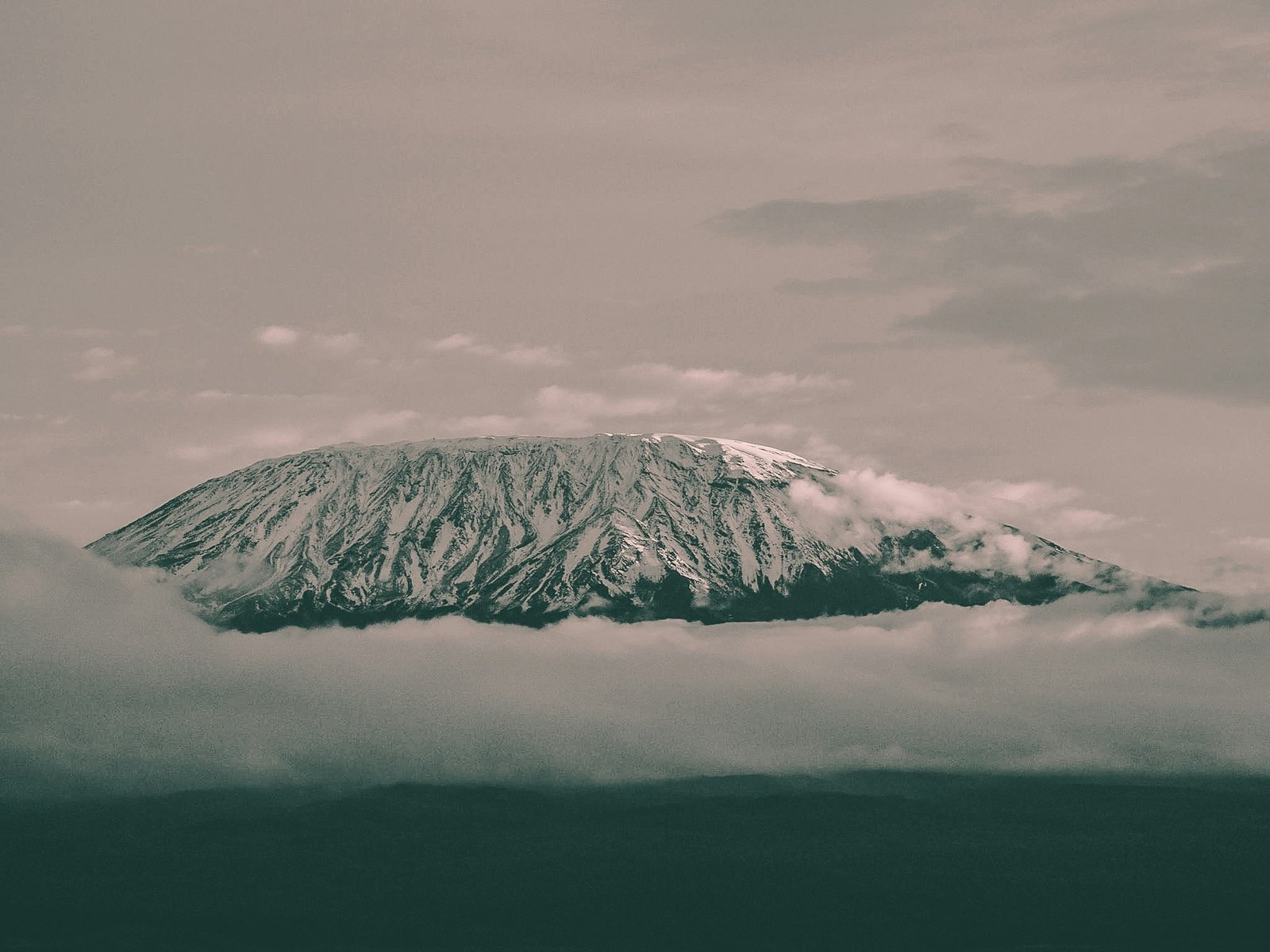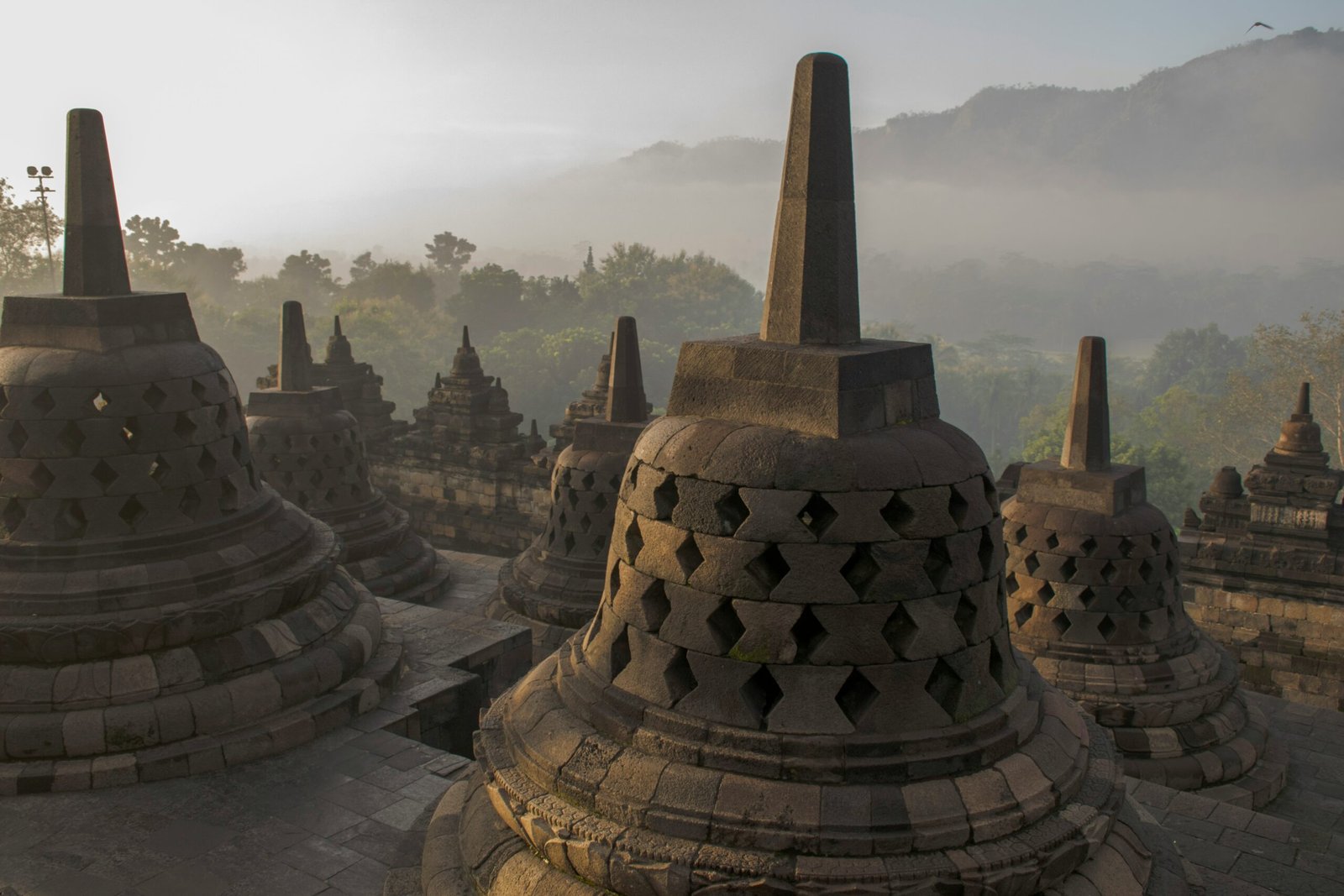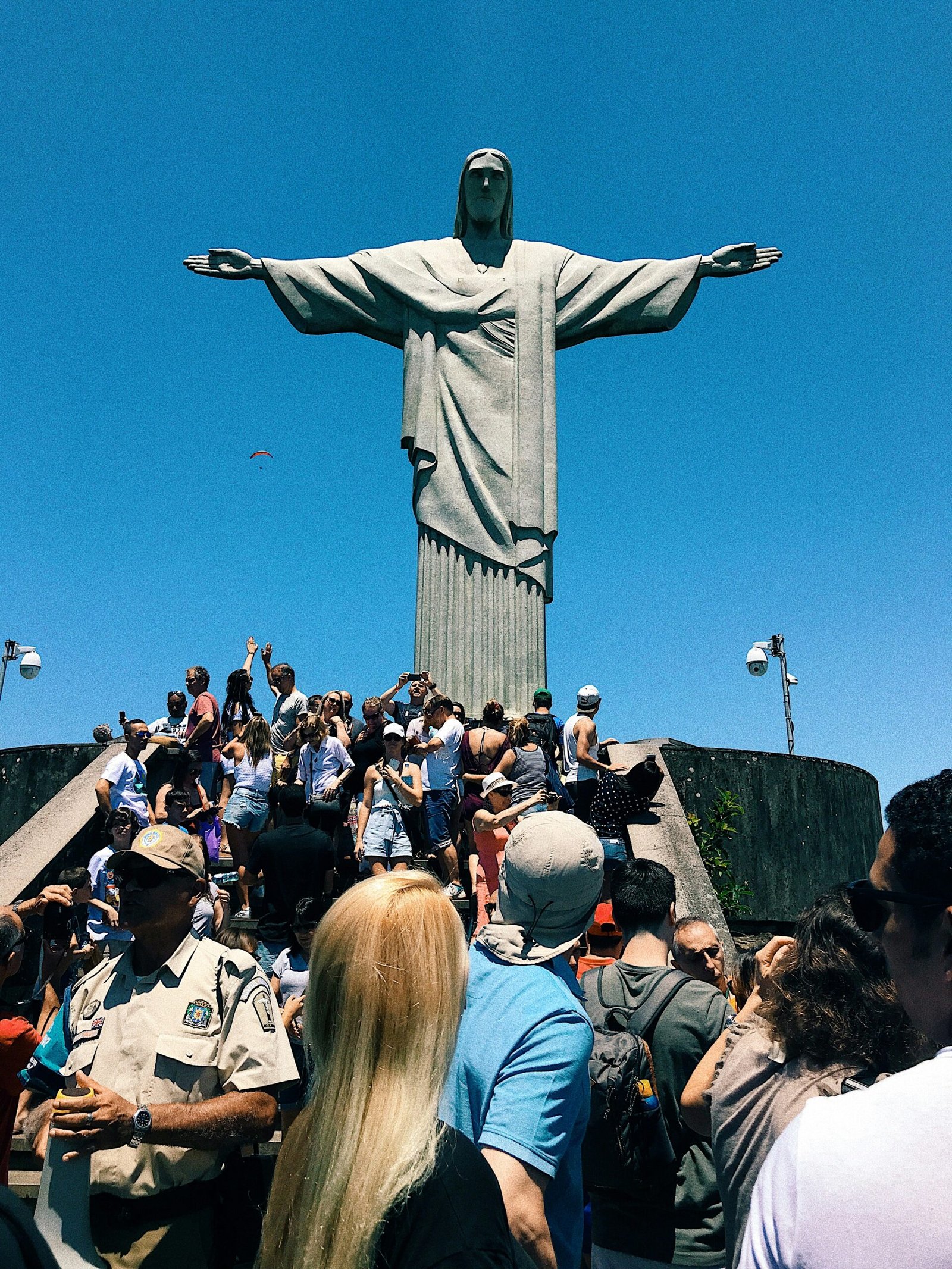
Mount Kilimanjaro: Tanzania’s Majestic Peak
Welcome to Tanzania, home to one of the most iconic landmarks in Africa – Mount Kilimanjaro. Standing tall at 5,895 meters (19,341 feet), this majestic peak is not only the highest mountain in Africa but also a UNESCO World Heritage Site. In this blog post, we will explore the beauty and allure of Mount Kilimanjaro, as well as provide you with some practical information for those who are considering embarking on the adventure of a lifetime.
Mount Kilimanjaro is located in the northeastern part of Tanzania, near the border with Kenya. It is a dormant volcano that consists of three volcanic cones: Kibo, Mawenzi, and Shira. Each of these cones offers a unique and breathtaking landscape, attracting adventurers and nature enthusiasts from all over the world.
One of the main reasons why Mount Kilimanjaro is so popular among climbers is its accessibility. Unlike other famous peaks, such as Everest or K2, Kilimanjaro does not require any technical climbing skills or equipment. However, this doesn’t mean that it is an easy climb. The altitude and the unpredictable weather conditions pose significant challenges, making it a demanding and physically strenuous expedition.
There are several routes to reach the summit of Mount Kilimanjaro, each varying in terms of difficulty, duration, and scenery. The most popular routes include the Marangu, Machame, Lemosho, and Rongai routes. Each of these routes offers its own unique experience, allowing climbers to choose the one that suits their preferences and fitness levels.
As you ascend Mount Kilimanjaro, you will pass through different ecological zones, each characterized by distinct flora and fauna. The lower slopes are covered in lush rainforests, home to a variety of wildlife, including elephants, buffalos, and monkeys. As you climb higher, the landscape changes, giving way to heathlands, moorlands, and eventually, the barren and icy slopes of the summit.
Reaching the summit of Mount Kilimanjaro is a truly awe-inspiring experience. Standing at Uhuru Peak, the highest point on the mountain, you will be rewarded with panoramic views of the surrounding plains and mountains, as well as a sense of accomplishment that is hard to put into words. It is a moment that will stay with you forever.
If you are considering climbing Mount Kilimanjaro, it is important to be well-prepared. The altitude and the physical demands of the climb require a good level of fitness and proper acclimatization. It is recommended to undergo a thorough medical check-up before attempting the climb and to consult with experienced guides and tour operators who can provide you with the necessary equipment and support.
In conclusion, Mount Kilimanjaro is not just a mountain; it is a symbol of adventure, perseverance, and the indomitable spirit of human exploration. Whether you are an experienced climber or a first-time adventurer, conquering Kilimanjaro will be an experience that will push your limits, test your resilience, and leave you with memories that will last a lifetime.
As you stand at the base of Mount Kilimanjaro, gazing up at its majestic peak, you can’t help but feel a sense of awe and wonder. This natural wonder has captivated the hearts and minds of adventurers and nature enthusiasts for centuries, drawing them to its slopes in search of a once-in-a-lifetime experience.
But Mount Kilimanjaro is more than just a beautiful mountain; it is a microcosm of the natural world, showcasing the incredible diversity and resilience of life on Earth. The lower slopes, shrouded in dense rainforests, are a haven for countless species of plants and animals. The air is thick with the sounds of birdsong and the rustling of leaves as monkeys swing from branch to branch. It’s a vibrant and thriving ecosystem, teeming with life.
As you ascend higher, the landscape changes dramatically. The air becomes thinner, and the vegetation transforms into a surreal and otherworldly scene. The moorland is a vast expanse of rolling hills, covered in a carpet of heather and dotted with giant lobelias. It’s a sight that seems straight out of a fantasy novel, a place where magic and reality blend seamlessly.
But it’s when you reach the alpine desert zone that you truly understand the sheer power and beauty of Mount Kilimanjaro. The landscape is stark and barren, with only the occasional tuft of grass or hardy shrub breaking the monotony. The wind whistles through the rocks, creating an eerie and haunting melody. It’s a place that feels both desolate and alive, a testament to the resilience of life in the harshest of environments.
And then, finally, you reach the summit. Standing on the roof of Africa, the world stretches out before you in all its glory. The snow-capped peak glistens in the sunlight, a beacon of hope and triumph. You can’t help but feel a sense of accomplishment, knowing that you have conquered not only the physical challenges of the climb but also the mental and emotional hurdles that come with it.
But as you take in the breathtaking views and reflect on your journey, you can’t help but also feel a pang of sadness. The glaciers that once adorned the summit are slowly disappearing, victims of a changing climate. It’s a stark reminder of the fragility of our planet and the urgent need to protect and preserve its natural wonders.
So as you descend from the summit of Mount Kilimanjaro, with memories of its beauty etched into your soul, remember to carry with you a sense of responsibility. We are all custodians of this Earth, and it is our duty to ensure that future generations can experience the same awe and wonder that we have.
One of the key factors to consider when planning a Mount Kilimanjaro climb is the weather. The mountain’s climate is highly unpredictable, with temperatures ranging from scorching heat to freezing cold. It is important to pack appropriate clothing and gear for all weather conditions, including thermal layers, waterproof jackets, and sturdy hiking boots.
Another aspect to take into account is the accommodation options on the mountain. While camping is the most common choice for climbers, there are also huts available on some routes. These huts provide basic amenities such as beds and toilets, which can be a welcome comfort after a long day of hiking. However, it is important to note that these huts can get crowded, and camping is often the preferred option for those seeking a more immersive wilderness experience.
The scenery on Mount Kilimanjaro is truly breathtaking. From lush rainforests to barren alpine deserts, climbers are treated to a variety of landscapes as they make their way to the summit. The mountain is also home to a diverse range of flora and fauna, including unique species that are found nowhere else in the world. It is not uncommon to spot wildlife such as monkeys, antelopes, and even elephants on the lower slopes of the mountain.
Reaching the summit of Mount Kilimanjaro is an incredibly rewarding experience. Standing at 5,895 meters (19,341 feet) above sea level, Uhuru Peak offers panoramic views of the surrounding plains and distant mountains. The sense of accomplishment and awe that comes with reaching the summit is indescribable, making all the physical and mental challenges of the climb worth it.
However, it is important to remember that climbing Mount Kilimanjaro is not without risks. Altitude sickness, also known as acute mountain sickness (AMS), is a common concern for climbers. Symptoms can range from mild headaches and nausea to more severe conditions such as high altitude pulmonary edema (HAPE) and high altitude cerebral edema (HACE). It is crucial to listen to your body and descend if you experience any symptoms of AMS.
In conclusion, climbing Mount Kilimanjaro is a once-in-a-lifetime adventure that requires careful planning, physical fitness, and mental preparation. From choosing the right route and packing the necessary gear to acclimatizing properly and being aware of the risks, there are many factors to consider before embarking on this incredible journey. However, with the right mindset and determination, reaching the summit of Africa’s highest peak is an achievement that will stay with you for a lifetime.
Practical Information for Climbers
Before embarking on your Mount Kilimanjaro adventure, there are several practical considerations to keep in mind:
1. Weather and Best Time to Climb
The weather on Mount Kilimanjaro can be unpredictable, with temperatures varying greatly depending on the altitude and time of year. The best time to climb is during the dry seasons, which are typically from January to mid-March and from June to October. These months offer clearer skies and less rainfall, making for a more enjoyable climbing experience.
2. Packing Essentials
When packing for your Mount Kilimanjaro climb, it is important to pack light but also be prepared for various weather conditions. Some essential items to include are:
- Warm layers of clothing, including thermal base layers, fleece jackets, and waterproof outer shells
- A good quality sleeping bag suitable for cold temperatures
- Sturdy and comfortable hiking boots
- Sunscreen, sunglasses, and a wide-brimmed hat to protect against the sun
- A refillable water bottle and water purification tablets
- Snacks and high-energy food for the climb
- A headlamp for early morning starts
- A first aid kit with basic supplies
- Personal toiletries and medications
3. Hiring a Guide
It is highly recommended to hire a licensed guide for your Mount Kilimanjaro climb. A guide will not only ensure your safety but also provide valuable knowledge about the mountain and its surroundings. They will also arrange for porters to carry your equipment and set up camp, allowing you to focus on the climb itself.
4. Health and Safety
Before attempting to climb Mount Kilimanjaro, it is advisable to undergo a thorough medical check-up. The climb can be physically demanding, and it is important to ensure that you are in good health and properly prepared for the challenge. It is also recommended to purchase travel insurance that covers high-altitude trekking.
During the climb, it is crucial to listen to your body and communicate any symptoms of altitude sickness to your guide. Common symptoms include headaches, nausea, dizziness, and shortness of breath. If necessary, the guide may advise descending to a lower altitude to allow for acclimatization.
In addition to physical health, mental preparation is also important for a successful climb. Mount Kilimanjaro is a challenging endeavor, both physically and mentally. It is important to have a positive mindset, stay motivated, and be mentally prepared for the difficulties that may arise during the climb.
Furthermore, it is essential to follow the guidelines and regulations set by the Kilimanjaro National Park Authority. These rules are in place to protect the environment and ensure the safety of climbers. Respect the mountain and its surroundings by staying on designated trails, properly disposing of waste, and leaving no trace behind.
Lastly, it is important to be aware of the potential risks and hazards associated with climbing Mount Kilimanjaro. These include altitude sickness, extreme weather conditions, and physical exertion. By being well-prepared, hiring a guide, and taking necessary precautions, you can minimize these risks and have a safe and memorable climb to the summit of Mount Kilimanjaro.



